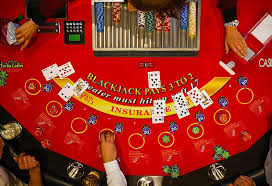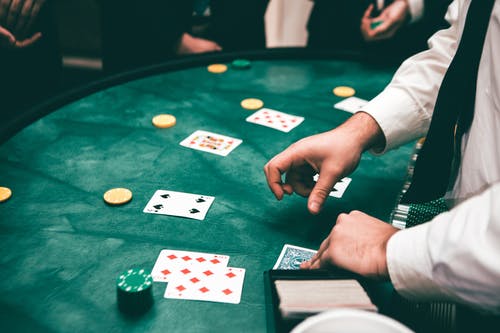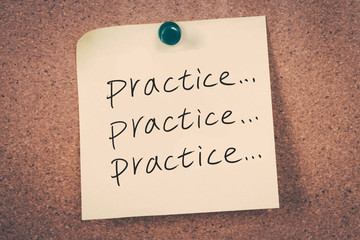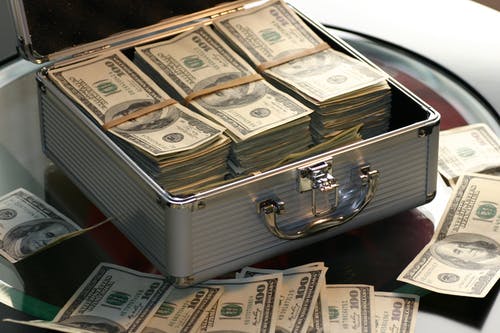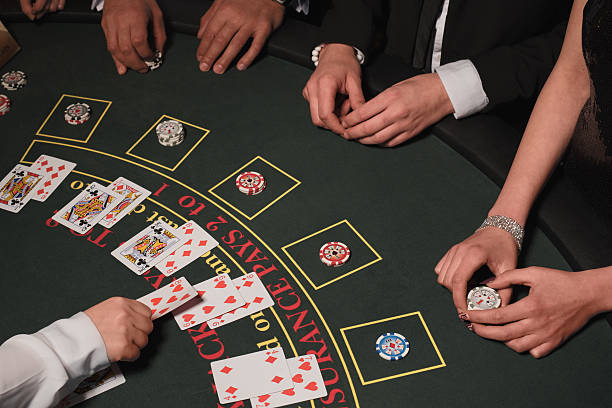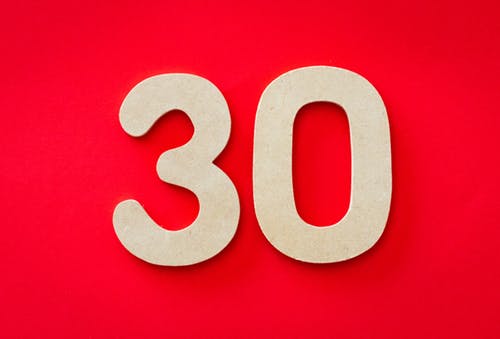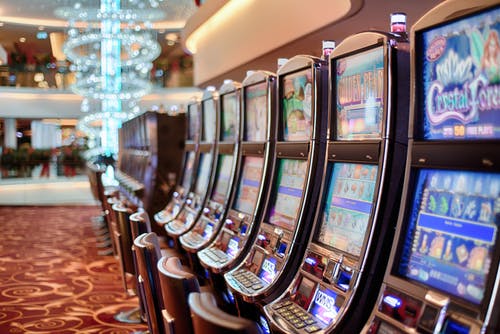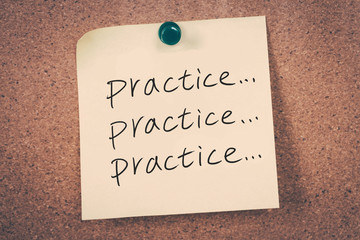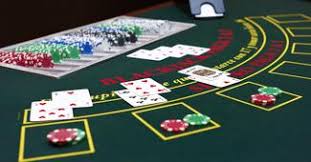
The Canfield Master card counting system is the harder counterpart to the Canfield Expert system. It was also introduced by Richard Canfield in 1977, in his book titled Blackjack Your Way to Riches.
What makes this system harder is that the indexes range from -2 to +2, so there is more memorizing to be done.
How it Works
It is considered a balanced system so the count is going to start at 0 and end at 0 if you count through an entire deck.
Each card in the deck is assigned a value of -2, -1, 0, +1, or +2. The chart of values is:
| 2 | 3 | 4 | 5 | 6 | 7 | 8 | 9 | 10 | J | Q | K | A |
| +1 | +1 | +2 | +2 | +2 | +1 | 0 | -1 | -2 | -2 | -2 | -2 | 0 |
A running count is kept as the cards are dealt. The count does start at 0. When the count gets to at least +2, you would increase your bet and when the counts falls to +1 or lower, you would bring your bet back to the table minimum. There is a suggested bet spread chart as follows:
| Running Count | Units Bet |
| +1 or lower | 1 |
| +2, +3 | 2 |
| +4, +5 | 3 |
| +6, +7 | 4 |
| > +7 | 5 |
For example, if you’re playing a $5 minimum table and your running count was +5, your bet would be $15 ($5 x 3). What’s good about this table is that your bets won’t get outrageous enough to bring suspicion of card counting, yet you could still make a decent profit. At a $5 table, your maximum bet should be only $35.
As with almost any card counting system, you want to be able to immediately “cancel” out cards as they hit the table, and then count those that are left on the table.
Of course the idea is the higher the count, the more high cards are left in the deck, so better for the player. A lower count means the exact opposite, so bad for the player and therefore keep your bet lower.
Aces are not counted but being able to do that will enhance the effectiveness. Ace-reckoning can give you a better idea on the chances of hitting a blackjack. If you haven’t seen any aces, there’s a better chance of being able to hit a blackjack in the near future.
As with the Expert version, this Master system was designed to work best with a single deck game, but players have said it can work well with multi-deck games also.
System Classification
This is considered an advanced, Level 2, Balanced Count System, which means it is a bit more complicated with more to memorize and the count begins with 0 and ends with 0, with a newly shuffled deck. A balanced count system is easy to practice as well, because once you’ve gone through the entire deck, your count should be 0.
FINAL THOUGHTS
If you can master the Canfield Master card counting system, you will not be far from mastering regular profits at the blackjack table. This will take a little more time to learn than the expert version, but it is a bit more exacting on the count and therefore a bit more effective.








